Biological motion
Recent articles
Brain activity patterns may distinguish girls with autism
Atypical patterns of neuronal activity and gene expression in the striatum may characterize autism in girls, according to a new study.
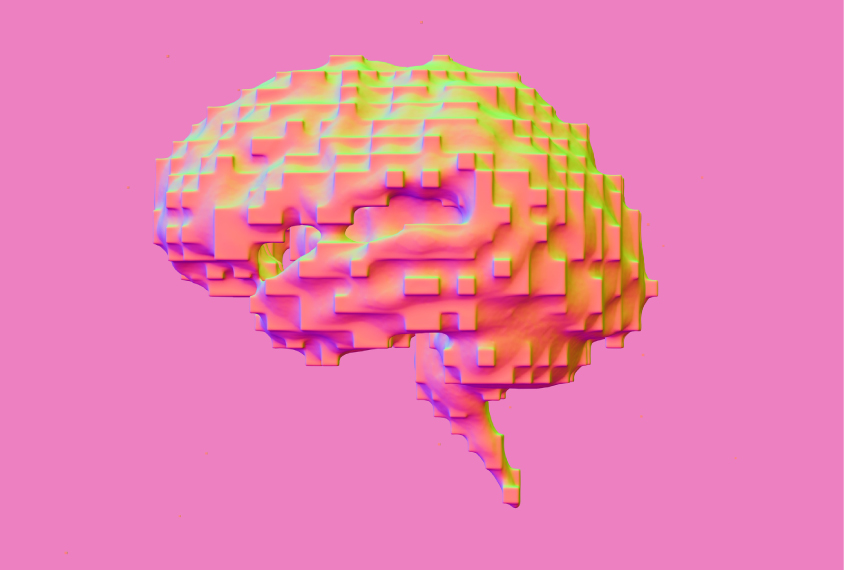
Brain activity patterns may distinguish girls with autism
Atypical patterns of neuronal activity and gene expression in the striatum may characterize autism in girls, according to a new study.
Seeing connections between autism and blindness
Autism is unusually common among people with congenital blindness, in part because the ability to see drives much of brain development.
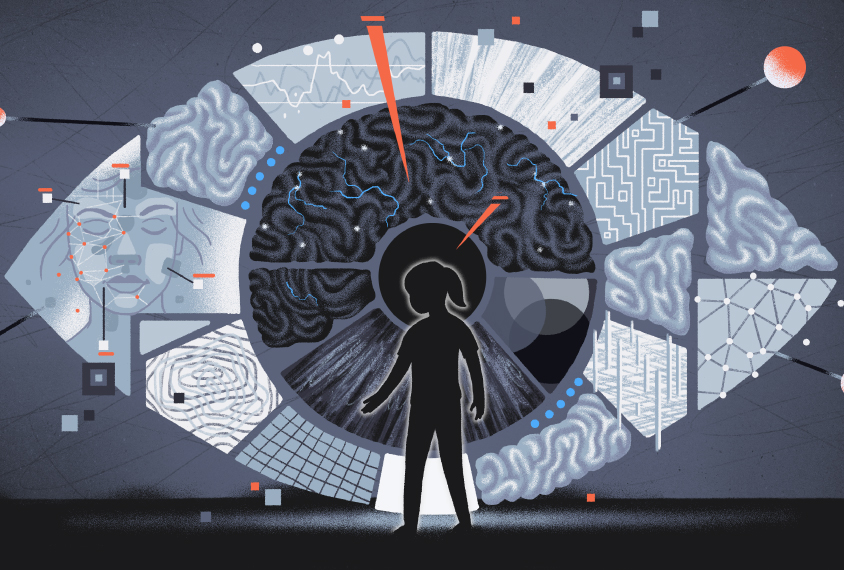
Seeing connections between autism and blindness
Autism is unusually common among people with congenital blindness, in part because the ability to see drives much of brain development.
What Ehlers-Danlos syndrome can teach us about autism
Not much is known about the connection between autism and Ehlers-Danlos syndrome, a condition that affects collagen. But preliminary work provides tantalizing clues.
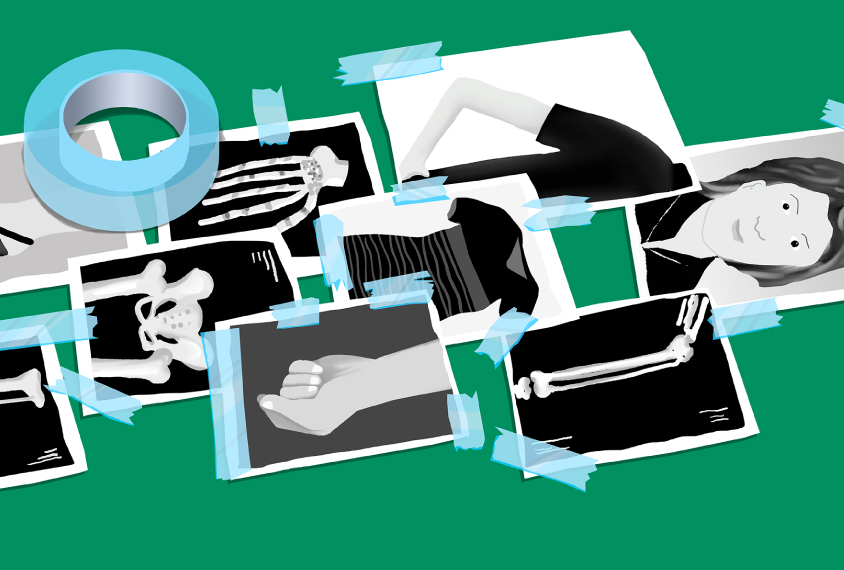
What Ehlers-Danlos syndrome can teach us about autism
Not much is known about the connection between autism and Ehlers-Danlos syndrome, a condition that affects collagen. But preliminary work provides tantalizing clues.
People’s affinity for social cues is inherited, study suggests
Genetics may govern a person's ability to pay attention to social cues.
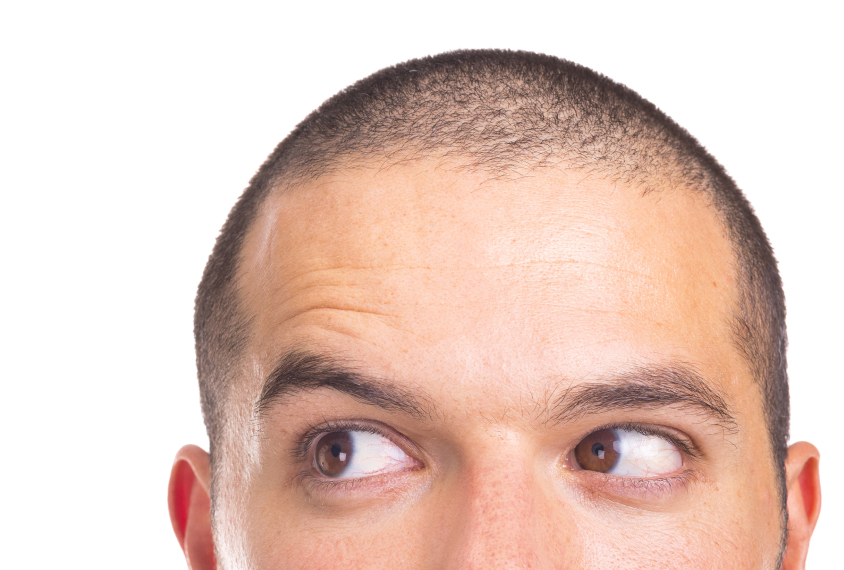
People’s affinity for social cues is inherited, study suggests
Genetics may govern a person's ability to pay attention to social cues.
Quantitative tests of motor skills could improve autism care
New assessments of the subtle motor difficulties that characterize autism could improve autistic children's lives and teach us a lot about the condition.
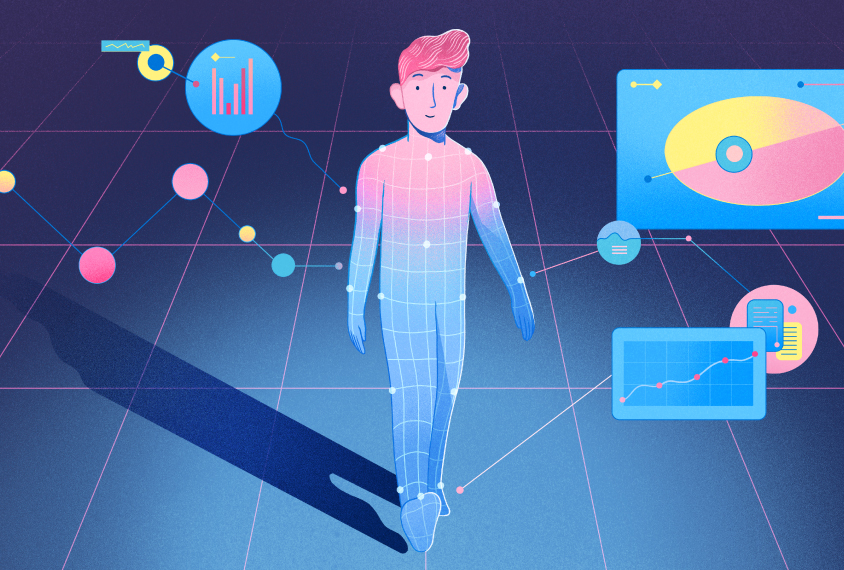
Quantitative tests of motor skills could improve autism care
New assessments of the subtle motor difficulties that characterize autism could improve autistic children's lives and teach us a lot about the condition.
Motor traits that mark autism remain elusive, large study finds
Motor problems in autistic infants may parallel those in infants with other developmental conditions.

Motor traits that mark autism remain elusive, large study finds
Motor problems in autistic infants may parallel those in infants with other developmental conditions.
Oversold diets; big brains explained; tracking CRISPR and more
Benefits of diets for autism features remain unproven, variants of the same DNA region make brains big or small, and STAT announces a new CRISPR tracker.
Oversold diets; big brains explained; tracking CRISPR and more
Benefits of diets for autism features remain unproven, variants of the same DNA region make brains big or small, and STAT announces a new CRISPR tracker.
‘Syntax’ of mouse behavior may speak volumes about autism
An algorithm that decodes and quantifies mouse body language could reveal the brain circuits underlying certain autism features.
‘Syntax’ of mouse behavior may speak volumes about autism
An algorithm that decodes and quantifies mouse body language could reveal the brain circuits underlying certain autism features.
Movement perception, autism traits may share genetic roots
The ability to identify human-like movements is rooted in genetics — and may share those origins with autism traits.
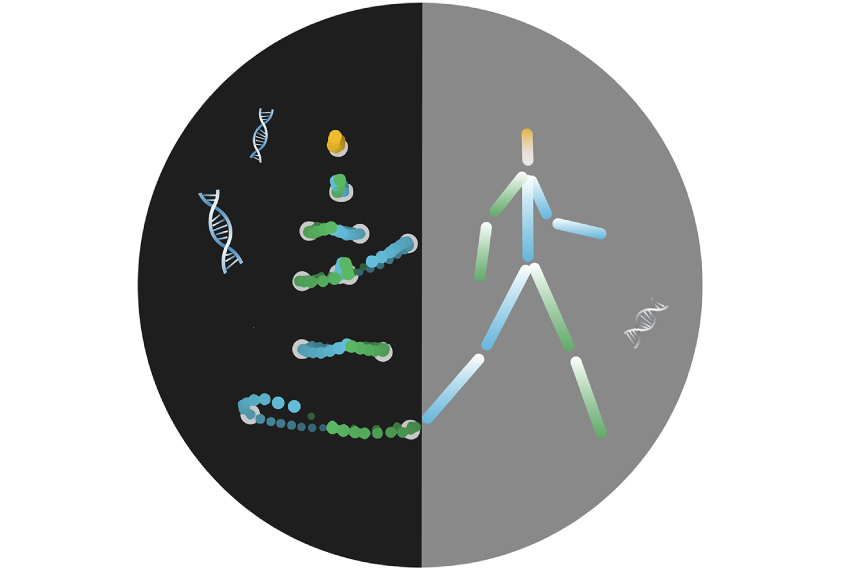
Movement perception, autism traits may share genetic roots
The ability to identify human-like movements is rooted in genetics — and may share those origins with autism traits.
Prenatal microbiome; standing by stereotypes; Common Rule delay and more
Microbiologists debate the existence of bacteria in the womb, yet another movie relies on stereotypes to portray a person with autism, and the U.S. federal government delays implementation of the Common Rule for clinical research.
Prenatal microbiome; standing by stereotypes; Common Rule delay and more
Microbiologists debate the existence of bacteria in the womb, yet another movie relies on stereotypes to portray a person with autism, and the U.S. federal government delays implementation of the Common Rule for clinical research.
Explore more from The Transmitter
How artificial agents can help us understand social recognition
Neuroscience is chasing the complexity of social behavior, yet we have not answered the simplest question in the chain: How does a brain know “who is who”? Emerging multi-agent artificial intelligence may help accelerate our understanding of this fundamental computation.
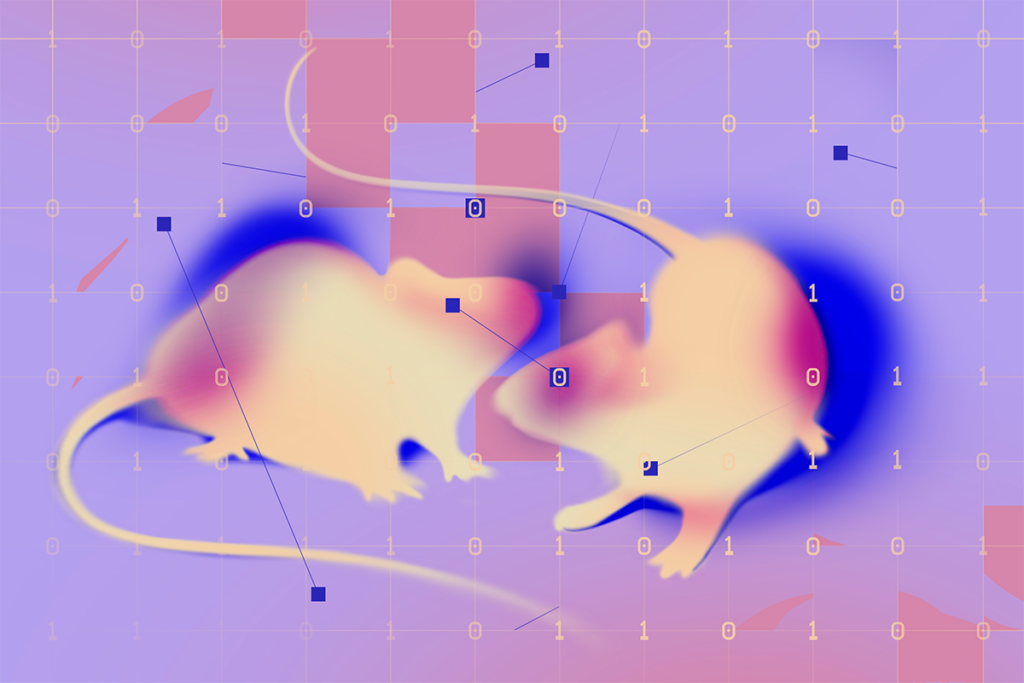
How artificial agents can help us understand social recognition
Neuroscience is chasing the complexity of social behavior, yet we have not answered the simplest question in the chain: How does a brain know “who is who”? Emerging multi-agent artificial intelligence may help accelerate our understanding of this fundamental computation.
Methodological flaw may upend network mapping tool
The lesion network mapping method, used to identify disease-specific brain networks for clinical stimulation, produces a nearly identical network map for any given condition, according to a new study.
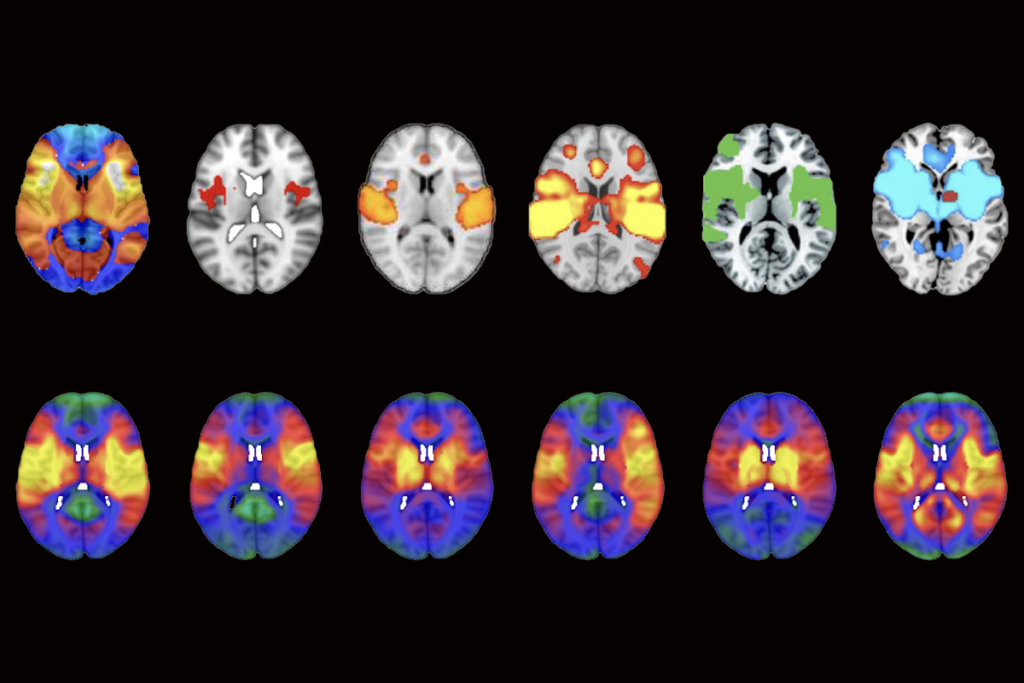
Methodological flaw may upend network mapping tool
The lesion network mapping method, used to identify disease-specific brain networks for clinical stimulation, produces a nearly identical network map for any given condition, according to a new study.
Common and rare variants shape distinct genetic architecture of autism in African Americans
Certain gene variants may have greater weight in determining autism likelihood for some populations, a new study shows.

Common and rare variants shape distinct genetic architecture of autism in African Americans
Certain gene variants may have greater weight in determining autism likelihood for some populations, a new study shows.